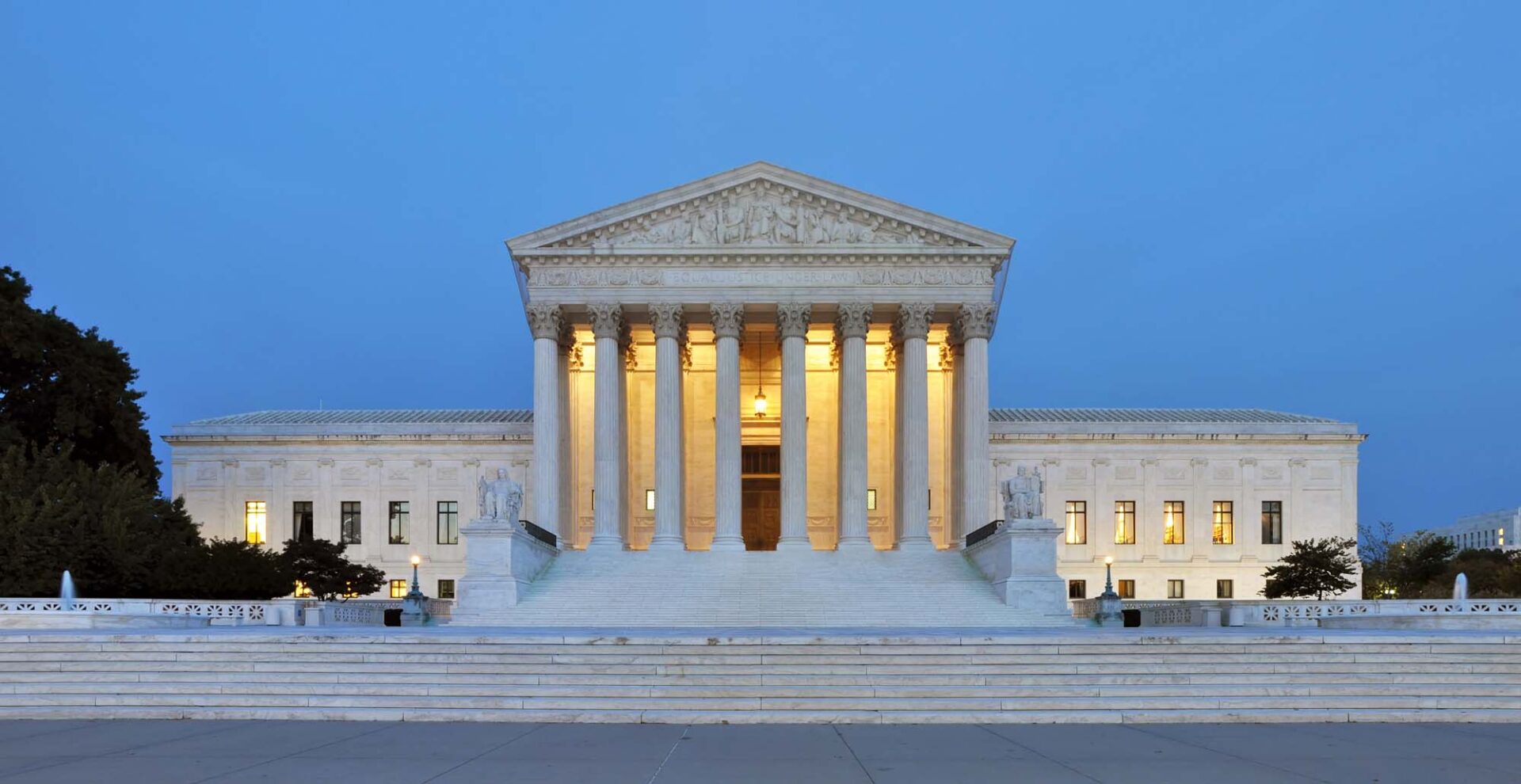
Location Washington, DC
Client Architect of the Capitol
Services Commissioning, Construction Management, Estimating & Cost Management
Project Value $122 million
Serving as the owner’s representative/construction manager-as-agent, Hill provided extensive construction management services for the first major renovation of the 335,000 SF United States Supreme Court since its construction in 1935. Hill’s specific assignments encompassed construction management; commissioning management; project, quality, schedule, cost, and safety management; contract administration; and claims support.
The project included construction of a new 42,000 SF underground annex and, within the main building, replacement, and upgrade of the entire mechanical, fire protection, and electrical systems. This work was executed while the building was fully operational for ongoing Court operations and accessible for hundreds of thousands of annual visitors.
Quality management for this historic and sensitive project required the highest imaginable standards. Working at the Supreme Court required a zero-defects mindset, with no tolerance for substandard results. The quality management program’s focus was to facilitate communication among the owner, design team, prime contractor, and subcontractors to confirm all parties clearly understood quality requirements, to accept and achieve the completion deadlines, to review and affirm safety requirements, and to evaluate and mitigate any potential disruptions to Court operations.
Hill worked directly with the Supreme Court curator for care and protection of historic elements, including historic light fixtures, museum-quality clocks, marble, and other sensitive features. The Hill team managed a chain of custody process that included photo documentation for refurbishment of historic clocks, bronze gates, and other protected items.
Due to special security requirements, Hill implemented a customized, stand-alone version of Prolog for document management and progress reporting. Security requirements precluded the use of the web-based version of Prolog, so we adapted the system within the project site so all team members had full visibility for collaboration while blocking access from outside of the project perimeter.
Hill helped establish the initial project budget prior to construction by providing cost estimate reviews and a review of the Independent Government Estimate. Faced with significant under-bidding, Hill worked to establish contingency management plans and cost controls to avoid depletion of contingency funds early in the project.
With much of the contract work taking place behind walls and above ceilings, the project was faced with nearly 1,500 change orders and a change order rate close to 25%. Hill stepped up its already meticulous project controls to further refine and streamline processes and help keep change orders from delaying the project or becoming claims.
Given the complex nature of the work, Hill provided an on-site scheduler and used Primavera P3 and Suretrack for scheduling and analysis along with Claim Digger software. Our analysis exposed the contractor’s attempts to insert inappropriate schedule logic and helped protect the owner from exposure to many potential claims. Hill prepared a detailed move management CPM schedule to integrate the latest room-by-room completion projections from the contractor with constraint dates and projected third-party installation dates for the Court, resulting in a smooth transition for the owner.
Hill managed the commissioning process, coordinating extensively with the Architect of the Capitol’s commissioning agent. The Hill team helped establish the primary commissioning factors, including proactive commissioning planning, pre-commissioning testing, functional performance tests, owner training, and final commissioning acceptance. Hill also engaged early and aggressively in the commissioning process, helping the contractor’s commissioning plan receive approval and focusing the entire team on commissioning-related requirements well in advance of the acceptance phase. This approach resolved many issues before they impacted the project.
“With meticulous attention to detail you identified and rectified countless quality discrepancies and helped the contractor improve its overall quality management program. Through your involvement with the project you helped maintain a quality level commensurate with the importance and significance of this national landmark facility.”
-James Yellman, Facilities Manager, AOC